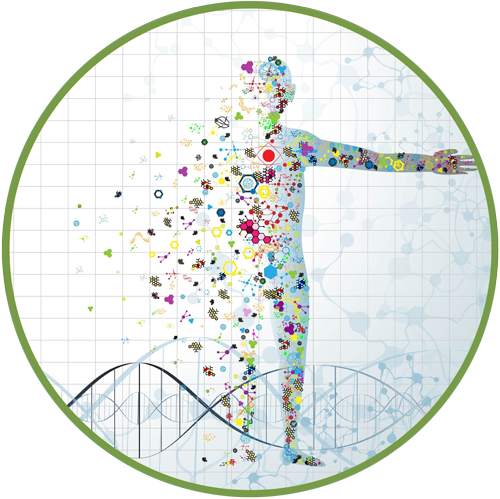Proceedings: DIA Europe 2018

Patient Centricity Beyond the Talk
Debra Michaels
DIA Senior Scientist
ne can’t talk about development and regulatory evaluation of today’s medicines without mentioning patient centricity. Though often discussed, do we know what successful patient-centric practice really looks like? And does it look that way to everyone? Bettina Ryll, Founder of the Melanoma Patient Network Europe, led a panel of mixed stakeholders to explore the meaning of patient centricity today. Here are some of the key takeaways:
- While all represented stakeholders believe in the importance of focusing on the needs of the patient in their work, they acknowledged room for improvement with regard to systematic inclusion of the patient voice and enhancing the skills of patient advocates.
- The patient voice is of particular importance in Health Technology Assessment, where patient input can aid with decisions about which products to assess. It may also influence how the product’s value is assessed by the patients for whom it is intended. HTA stakeholders can and must improve the input process by finding effective ways to incorporate patient feedback through real world data.
- There needs to be a consistent engagement of patients by industry and regulators, especially in the early stages of the product life cycle.
There are various critical points in the product life cycle where industry sponsors strive to incorporate the patient voice, from identifying unmet medical needs, to providing the right information for regulatory and health technology assessment (HTA) decision-making, to ensuring appropriate patient support during treatment. Panelists agreed, however, that we need to include the patient voice more systematically and help patient advocates improve their skills to function as true partners on sophisticated issues. Systematic collaboration between regulators and patients is more than a singular action and must take place throughout the product life cycle, especially in the early stages. EMA has made steady advances since its first efforts to engage patients in 1995, but for progress to continue, there is a need for patient engagement tools that are validated in their context of use as well as a need for patient leadership in collaborative research efforts that focus on patients’ values.
The panelists of this DIAmond session were:
Philippe Legenne, Executive Medical Director, Amgen, Belgium
Christopher McCabe, Executive Director and CEO, Institute of Health Economics, Canada
Marisa Papaluca-Amati, Head of Scientific Support Office, Specialised Scientific Disciplines Department, European Medicines Agency (EMA)
Bettina Ryll, Founder, Melanoma Patient Network Europe
Patients also play an important role in answering critical questions during HTA decision-making. Including the patient voice enables us to address unmet medical needs, identify clinical effects that matter, and assess the impact of a new technology on a patient’s health and life experience. Although there was agreement that the responsibility lies with HTA stakeholders to improve the patient input process through the use of real world data (RWD), the panel also pointed out that there are some aspects of the interactions between patients and other stakeholders that need work, as well as areas where they may never align. One area of potential disagreement between patients and the HTA stakeholder is the role of the patient in answering questions about which technologies are valued and how much. The decision ultimately lies with the HTA stakeholder, who must consider needs at a population level. Here, the patient is the ‘evidence bringer,’ not the decision maker. However, the fact that such differences can be discussed without impeding the ability of these stakeholders to keep working together is a sign of a maturing view of patient centricity – a recognition that everyone intends to continuously improve in order to do what is right for the patient.

